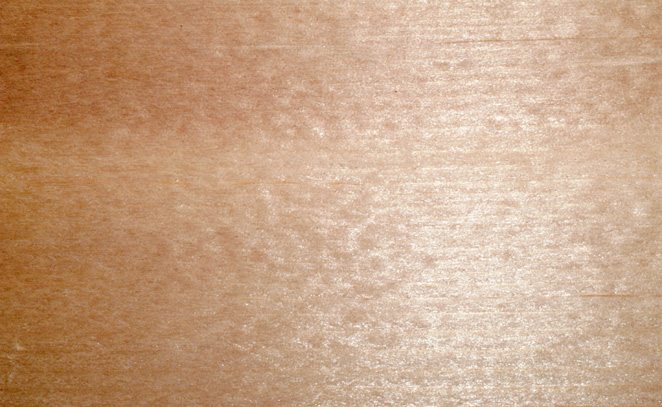


Sitka spruce is the largest spruce species. It occurs along the northwest coast of North America, from northern California to Alaska. Moist ocean air and summer fog are important factors accounting for Sitka spruce's large growth. Sitka spruce is the most important timber tree in Alaska.
Light ![]()
Sitka spruce is shade tolerant and can be regenerated by a variety of methods. Clearcuts are commonly used, but group selections, single tree selection, and shelterwoods also work.
Water
![]()
![]()
![]()
![]()
![]()
![]()
Grows only in fog belt along the west coast, seldom more than 50 miles from the coast and generally at lower elevations. Prefers moist, well-drained sites.
Growth
![]()
Size
![]()
Sitka spruce is the largest of all spruces. It commonly is 125 to 180 feet tall and 3 to 5 feet in diameter, but can be much larger. Crown is open with somewhat pendulous branches; branches commonly reach the ground and dead branches are retained for a long time. Base of trees are commonly swollen and buttressed.
Timber Value ![]()
Sitka spruce is used for ladders, oars, aircraft components, planking, masts, turbine blades for wind-energy converters, sounding boards for musical instruments (pianos, guitars, etc.).
Wildlife Value ![]()
Deer, porcupines, elk, bear, rabbits, hares, browse the foliage. Sitka spruce provides good roosting spots for bald eagles and peregrine falcons.
Attracts squirrels, rabbits, hares, porcupines, deer, elk, bears, eagles, falcons
Fun Facts
Sitka spruce is commonly associated with tidewater and fog. It is very tolerant of shade and mixed stands of Sitka spruce, western redcedar, and western hemlock are among the most productive forests in the world. The wood is light and strong, is used in many musical instruments, and is a valuable pulp species.
Latin Meaning
Picea: Latin "pix" (pitch-producing) from Greek "pissa" (pitch) /
sitchensis: of Sitka, Alaska
Home - I.D. Fact Sheet - USDA Silvics Manual - Additional Silvics
Landowner Factsheets © 2004 Virginia Tech Forestry Department, all rights reserved. Text, images, and programming by: Dr. Jeff Kirwan, Dr. John R. Seiler, John A. Peterson, Edward C. Jensen, Guy Phillips, or Andrew S. Meeks.